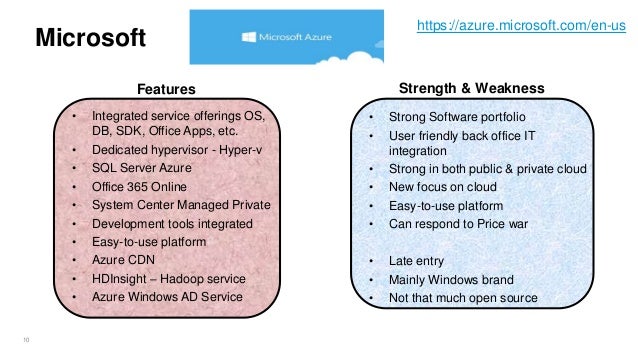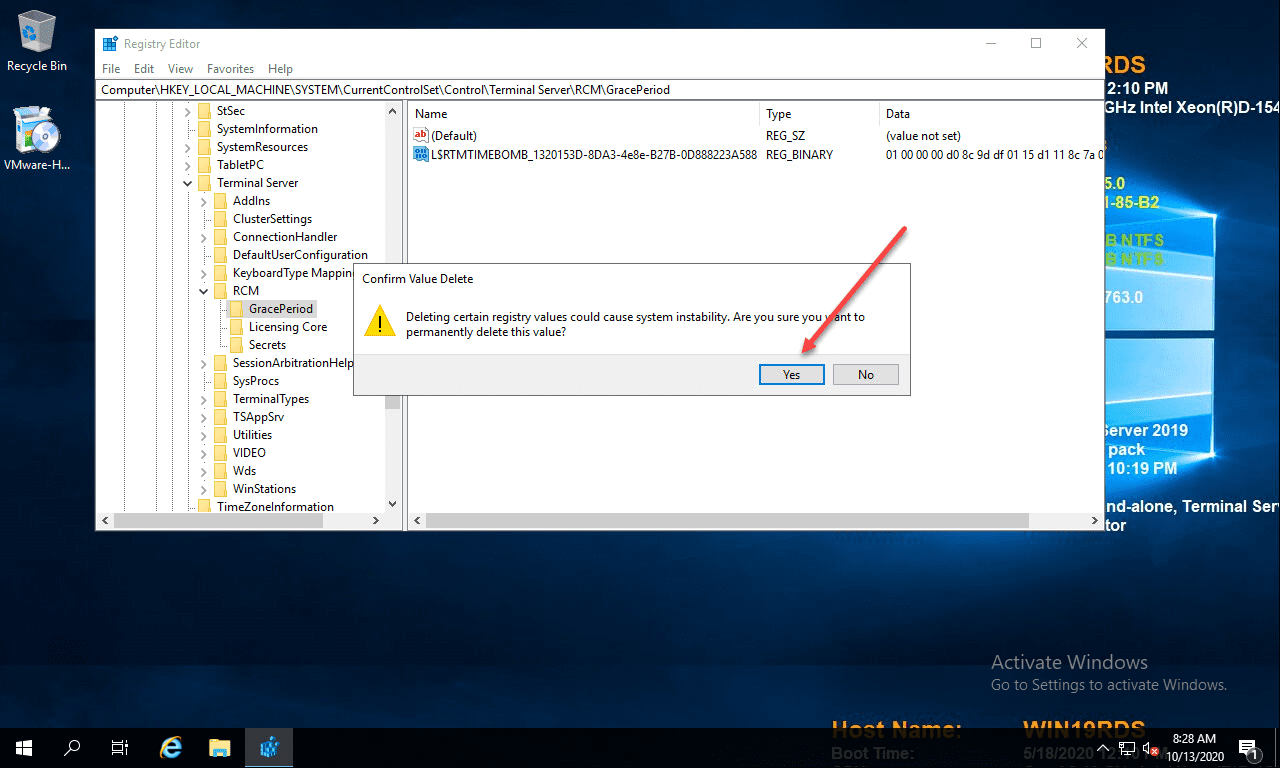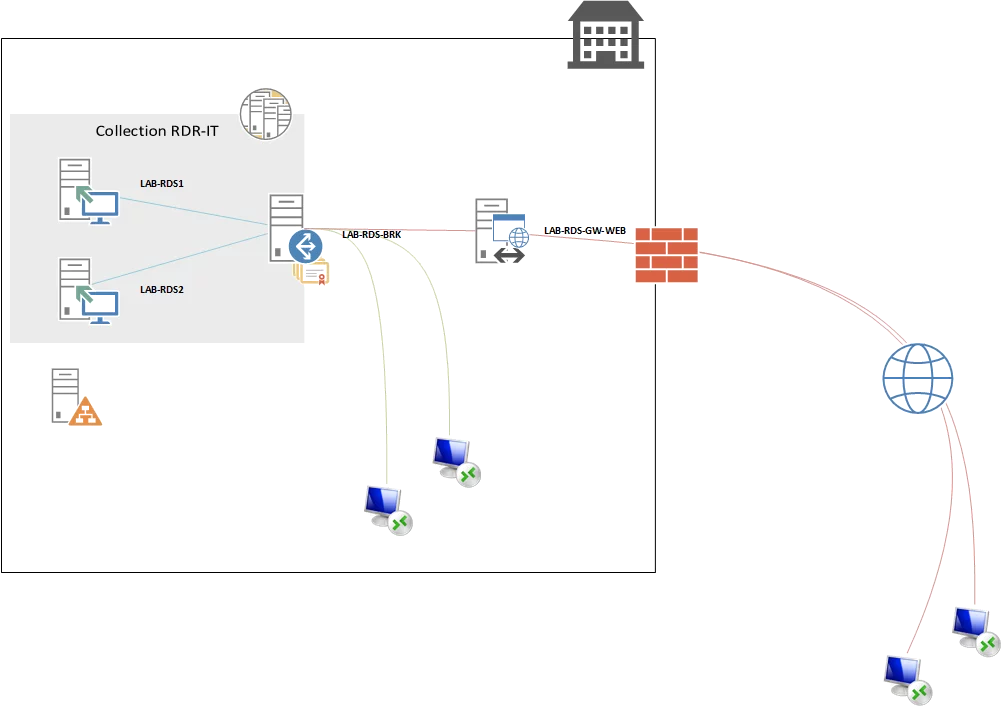Nov 19, 2020 To use Remote Desktop on Windows 10, enable it within the computer's settings; this action will then allow other computers to remotely connect to your computer to gain access. After Remote Desktop is enabled, verify that your user account has permission to access the computer. To use Remote Desktop on Windows 10, enable it within the computer's settings; this action will then allow other computers to remotely connect to your computer to gain access. After Remote Desktop is enabled, verify that your user account has permission to access the computer. Enable Remote Desktop on Windows 10.
What is an RDP Client?
Remote Desktop Protocol (RDP) is a connection protocol developed by Microsoft to provide users with a graphical interface while connected to another computer over a network connection. The connecting user must deploy an RDP client software, while the receiving computer must deploy RDP server software.
There are several RDP Clients for Windows 10, Windows 8.1, Windows Server 2019, Windows Server 2016, and Windows Server 2012 R2. The available client apps for different clients are listed below:
| Client | App |
| Windows Desktop | Windows Desktop client |
| Microsoft Store | Windows 10 client |
| Android | Android client |
| iOS | iOS client |
| macOS | macOS client |
| Html 5 | Html5 client |
The RDP servers are built into Windows operating systems and can be enabled through the Server Manager panel.
Microsoft Remote Desktop Assistant
You can download and install Microsoft Remote Desktop Assistant, and use it to enable Remote Desktop Services, hence allowing other devices to access your PC. Follow the steps mentioned below:
- Download and install the Microsft Remote Desktop Assistant after accepting the terms and conditions.
- Click Accept and a Welcome screen appear. Click Got it.
- Click Get Started on the screen that appears next. It lists down all the changes that the tool will carry out on your computer including:
- Enabling remote connections to your PC.
- Keeping your PC awake, making it available for connections.
- Changing your Firewall rules to allow Remote Desktop connection.
- Scan the QR code that appears on the screen next, save the connection as a file, or choose your option to proceed further to enable connection using Remote Desktop.
Your computer is now ready to be accessible from other devices. Install and use Microsoft Remote Desktop client on the device that you will use to connect to your PC.
How does Microsoft Client work?
For the RDP client to work, the receiving machine must have Remote Desktop connections enabled. There are 2 most common ways to enable the RDP connection:
1. Right-click on the Personal Computer icon on your desktop, click on Properties from the drop-down list, and then select Remote settings from the list on the left.
2. Navigate to your Start Menu and go to Windows Settings, click on the System icon, and from the list on the left select Remote Desktop and enable it.
Latest Windows RDP Client
Due to the Windows Virtual Desktop (WVD), Microsoft is working on patching some bugs that occurred from using their RDP Client to connect to WVD instances. Two of the RDP Client (1.2.605 & 1.2.535) releases were mainly focused on fixing bugs instead of introducing new features.
Windows Virtual Desktop Group Policy
The latest 1.2.1104 update of Windows RDP Client has the following changes:
- Support for Windows Virtual Desktop Spring 2020 update by updating the automatic discovery logic for the Subscribe option. Customers who have the Spring Update resources do not need to provide consent for the Fall 2019 release.
- The scale factor of high-DPI devices has been improved up to 400%.
- The issue where disconnect dialog did not appear has been resolved.
- The issue where the command tooltips appeared longer than expected has been fixed.
- The crash that occurred when trying to subscribe immediately after a refresh has been fixed.
- The crash that occurred when parsing date and time in some languages has been fixed.
An enhanced RDP Client
Parallels Client, is a completely free RDP Client. It leverages RDP technology, allowing users to instantly connect to either simple RDS infrastructures or Parallels RAS Farms.
It’s an intuitive RDP client that enables multi-tasking on applications and desktops. Multiple connection settings can be stored and utilized so users can keep workspaces docked under the same application window (or undock them to work in another window).
Moreover, features not supported by the Microsoft RDP Client—such as drag and drop, multiscreen support, zoom, client group policy and more—are implemented to provide a top-class user experience.

The mobile client enables all native gestures of iOS and Android, offering the best mobile experience on the market. Touch ID and passcode features are available to increase data security.
References
Remote Desktop Protocol | https://en.wikipedia.org/wiki/Remote_Desktop_Protocol
What’s new in the Windows Desktop client | https://docs.microsoft.com/en-us/windows-server/remote/remote-desktop-services/clients/windowsdesktop-whatsnew
Microsoft Remote Desktop Client | https://www.parallels.com/blogs/ras/microsoft-remote-desktop-client/

5 Best Remote Desktop Connection Managers | https://activedirectorypro.com/rdp-connection-manager/
Get Microsoft Remote Desktop Client | https://www.microsoft.com/en-us/p/microsoft-remote-desktop/9wzdncrfj3ps

A good buzzing timeline in the morning is what makes my day, rumors, stories is what I need for breakfast. The newest rumors and stories in my timeline suggested that the RDSH role is depleted in Windows Server 2019. Windows Server 2019 is a preview version just released. Some are installing it and they find that you can’t install the Remote Desktop Services role anymore. Together with stories about a Multi-user Windows 10 version, Microsoft working on RDmi, rumors come easily. My thoughts on this are captured in this blog, they are thoughts only so far, the truth is out there but not available for us right now. Perhaps my thoughts are far-fetched but it is what came to mind. There is an update already, I woven it into the article.
Windows 10 Rds Key
RDS(H)
Remote Desktop Services Host is a role of Remote desktop services. RDS is the backbone of a lot of virtual environments. Since the late 90s, we’ve seen Citrix and Microsoft progress their offering based on this. You can’t deploy Citrix XenApp, VMware Horizon RDSH server or Microsoft RDSH without this role enabled. Many companies rely on this role. Multiple users could access applications or a desktop session on one server and work together without interfering with each other. It paved the way to a centralized desktop (before VDI came into play) with a reasonable TCO. One of the key benefits of this model was that data and application managed was centralized.
The downside of the solution always was the fact that resources are shared, applications are not always supported and features like store apps are not supported. The performance was a challenge for some use cases and that’s one of the reasons VDI was introduced, a single user desktop with non-shared resources (shared on a different level).
Windows Server 2019
Soon after Windows Server 2019 – Preview Release was available stories came out of the RDSH role missing. I saw several stories about trying to install the role but failing to do so. Of course, this is a preview so we have to see if the final version also has this limitation. If the role is not available, and why would the preview not have a default role like this, there be no reason for that. It seems that the RDSH role is to disappear and that customers will be offered other option, read on for the other options.
Sign on the wall
There are signs on the wall that times are a changing. Let’s take a look at the different suspects in this case (watching a detective while writing). Windows 10 Multi-user and RDmi are the ones that come to mind.
Windows 10 Multi-user
Microsoft Windows 10 will be having a multi-user version. So the initial thought was that they are transferring the RDS roles to Windows 10. It would make sense in a way that several features are easier implemented when running Windows 10. Features like access to Store apps, OneDrive on demand are accessible for Windows 10 users. That, however, is only true when you run a single user Windows 10 platform and will not have issues with a multi-user environment no matter the operating system. A Windows 10 Multi-user to replace an RDSH server to bring certain features seems far sought.
One reason I can think of is licensing. Server licenses are less expensive and transferring RDS to Windows 10 would force customers to acquire Windows 10 Desktop licenses with the CALs. For a lot of customers that would be a huge issue perhaps even getting them to think of moving to physical devices again. Microsoft announced that Windows Server 2019 might be more expensive and forcing people to RDS-VDI environments might hurt them more than they like to. Initially, I thought this was the reason for the missing role but perhaps there is more. This is still a valid option I think but one for the future when RDmi is a more common scenario.
RDmi
Another announcement of Microsoft is RDmi, Remote Desktop modern infra. Another initial thought is about Citrix XenApp essentials and RDmi but that’s another topic. One I work on from the 1st of April. Back to the topic.
RDmi is Remote Desktop Modern infra is the evolution in RDS and is offered as a .NET service running in Azure. The idea behind it is that all the roles you need to set up an RDS environment (given you want a Microsoft environment) are offered as a service. I won’t go deeper into RDmi right now, the intent of this article is not to explain RDmi. What I see from this offering is that Microsoft is moving RDS to Azure and enabling it to work with HTML5 clients as well. It enables more flexibility and disconnect some components from your network. There is far more to learn about this but the drawing and link below give a very good insight.
More info is found at https://cloudblogs.microsoft.com/enterprisemobility/2017/09/20/first-look-at-updates-coming-to-remote-desktop-services/
There will be a migration strategy offered for customers when it goes live. we have to wait a bit for more info. there are some blogs online already so do your “google” search.
Windows 10 Multi-user, RDmi or “old skool” RDSH, where do we go?
RDmi is a more interesting suspect, it brings modern features to RDS. It brings Azure into the picture and would offer customers a route to migrate to the new RDS offering without huge investments and testing. not every customer is keen on moving their workload to the Cloud so that might be why Windows 10 Multi-User mode is coming, although I wonder if customers are looking for that one.
I think, but that is just me, that Multi-user Windows 10s use case is different. Not sure yet what that use case is but not to massively replace RDSH. Migrating to Windows 10 would cost a lot of effort for customers, assuming they now run a server version for their desktop environment. The Windows 10 features would not be usable with multiple users working alongside each other.
So there are two offerings on the table and if you ask me I think there will be a campaign to move customers to RDmi. It won’t take away the burden of image management but will offer the roles as a service relieving IT admins from that management. We’ve seen similar offerings from Citrix and VMware, take the management burden away and let IT admins take care of the image only. Customs that can’t or won’t still run an on-premises environment presumably with Windows 10 in the future (1809). Microsoft is mapping the future and their idea of how you offer RDSH, as a service that is.
The problem with this conclusion is that we don’t know what the answer is. I guess we have to wait for Microsoft Ignite for it. Just my thoughts about this matter.. interested in yours. Am I missing something, is something completely untrue, please inform me, eager to learn.
Share this:
Download Remote Desktop Client
Related
